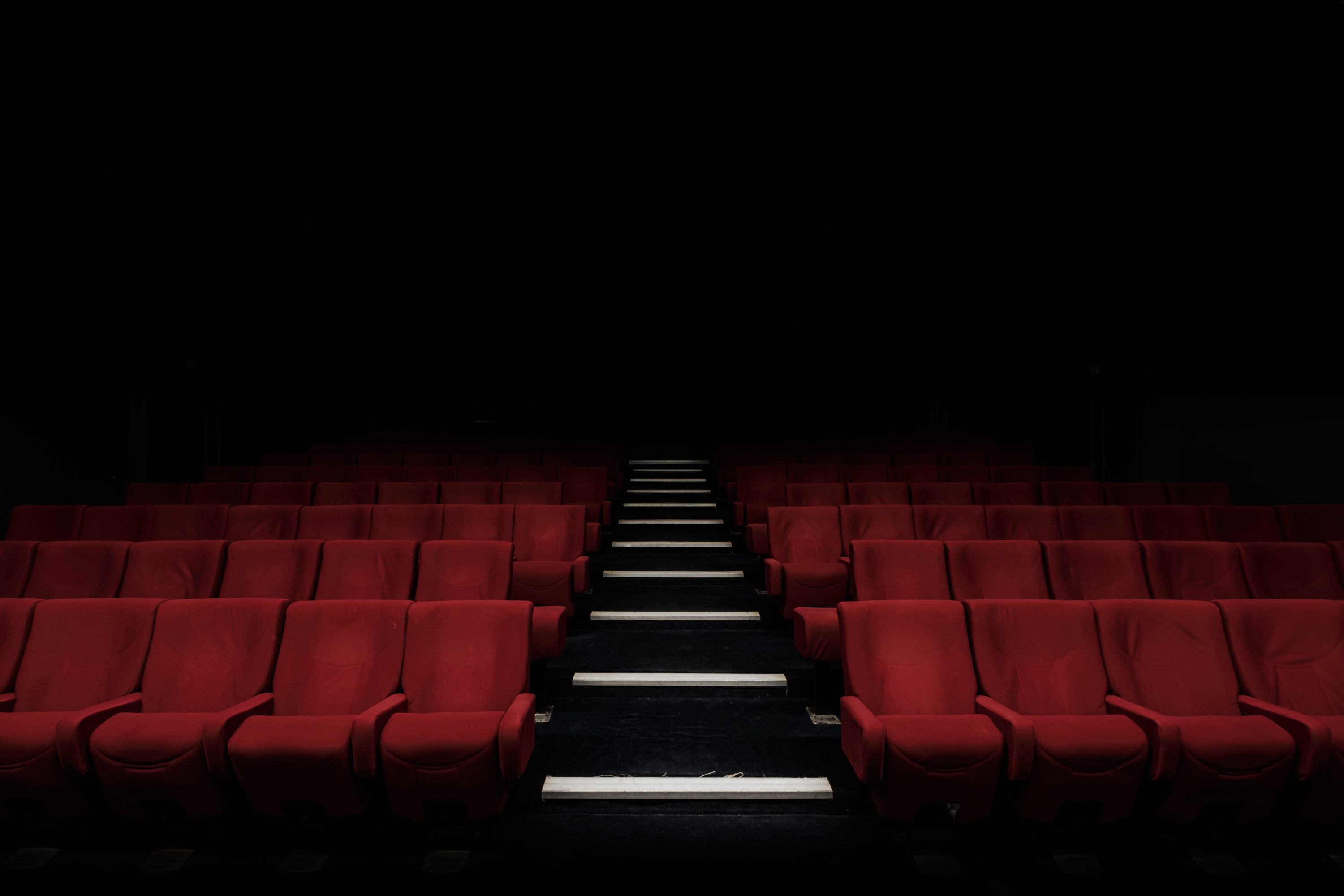New York’s small theaters are persevering, but rising rents pose a threat

New York City’s industry of small theaters rivals Broadway’s economic might, but rising real estate prices and increasing operating costs pose an existential threat, according to a new first-of-its-kind study from the Mayor’s Office of Media and Entertainment.
The 748 smaller theater organizations, which can power cultural conversations in communities far from the lights of Broadway, generate $1.3 billion a year, despite a turbulent climate filled with high theater turnover and rising costs. In comparison, Broadway shows netted a combined $1.825 billion in 2018, according to statistics from industry trade group The Broadway League.
These smaller theaters, especially in Brooklyn and Queens, give New Yorkers opportunities to build their communities, are a proving ground for new talent and can even inspire social change, according to the study.

Brooklyn Boro
View MoreNew York City’s most populous borough, Brooklyn, is home to nearly 2.6 million residents. If Brooklyn were an independent city it would be the fourth largest city in the United States. While Brooklyn has become the epitome of ‘cool and hip’ in recent years, for those that were born here, raised families here and improved communities over the years, Brooklyn has never been ‘uncool’.